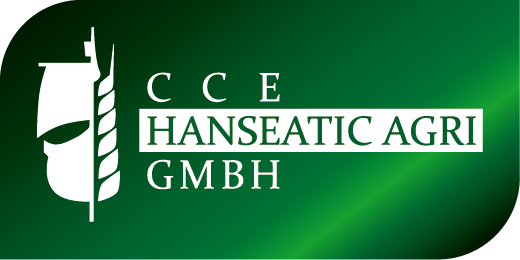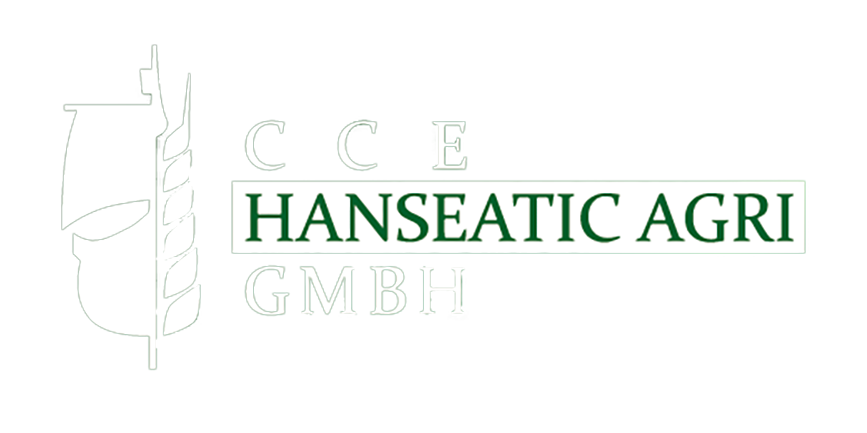Pea protein is increasingly being used as a raw material in the animal feed and pet food industry. Because Pea protein is celebrated for its high protein content and rich amino acid profile. It is a versatile ingredient in the plant-based protein sector, particularly in the production of pet food. With its gluten-free and lactose-free properties, pea protein is ideal for pets with dietary restrictions.
Benefits of Pea Protein
High Protein Content
Pea protein contains up to 80% protein, making it an excellent addition to pet food formulations. This high protein content helps meet the nutritional needs of pets, supporting muscle development and overall health.
Rich Amino Acid Profile
Pea protein is rich in essential amino acids such as lysine, which is crucial for bone, cartilage, and skin health. The amino acid composition of pea protein ensures that pets receive a balanced diet necessary for their growth and well-being.
Pea Protein as a raw material: Vegan and Hypoallergenic
Pea protein as a raw material is an ideal choice for vegan and hypoallergenic pet food formulations. It provides a high-quality protein source free from common allergens, making it suitable for pets with specific dietary requirements.
Digestibility and Bioavailability
Pea protein is highly digestible, ensuring that pets can efficiently absorb and utilize the nutrients. Its bioavailability makes it a suitable choice for high-performance pet diets.
Sustainability and Environmental Benefits
Pea protein is a sustainable alternative to animal-based proteins. It requires less water and land to produce compared to traditional protein sources, making it an environmentally friendly option for pet food formulations.
Functional Benefits in Pet Food Production
Due to its excellent binding properties, pea protein can improve the texture and palatability of pet food products, making it a valuable ingredient in both dry and wet pet food formulations.
Compatibility with Other Ingredients
Pea protein blends well with other plant-based ingredients, enhancing the nutritional profile of pet food formulations. It can be combined with rice protein, potato protein, or other plant proteins to create a complete amino acid profile.
Market Demand and Growing Trend
The increasing demand for plant-based pet food is driving the use of pea protein in formulations. As pet owners become more conscious of sustainable and allergen-free options, pea protein continues to gain popularity in the industry.
Applications in Pet Food
Pea protein enhances the protein content in pet food, supporting healthy bones, cartilage, and skin. It is especially beneficial for formulating vegan and hypoallergenic pet diets, ensuring pets receive all essential nutrients for optimal health.
Request Product













